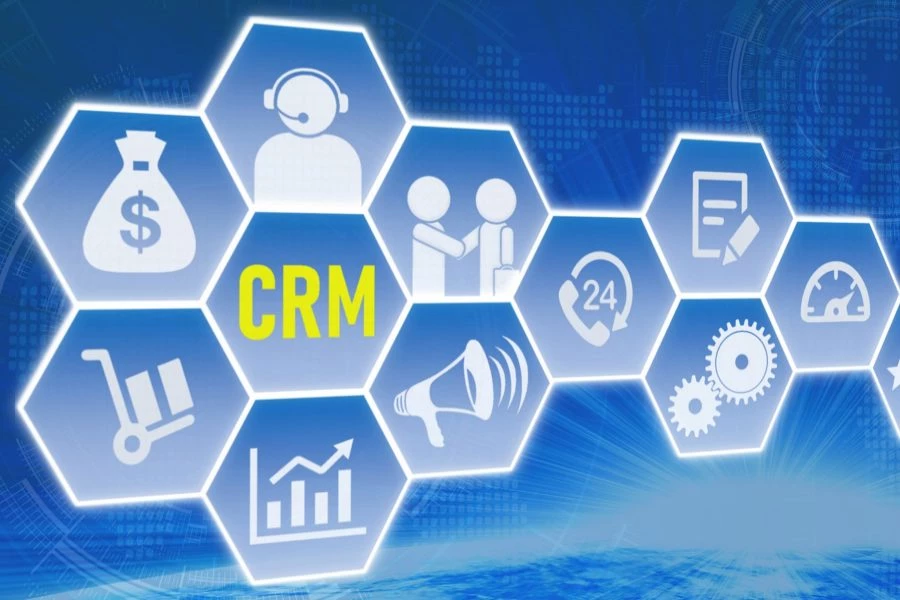
Marketing and sales have evolved over time. The CRM was created to help businesses manage their leads, while the Customer Data Platform (CDP) was made to help marketers collect data from multiple sources, create accurate profiles of their customers, and then use that data in their marketing efforts. This article will discuss how CDPs are more up-to-date than CRMs, why they were created for marketing purposes only, and how they can benefit your business today!
CRM Was Not Made For Marketing
A CRM is great for managing your sales and support data, but it doesn’t make sense to use a tool that isn’t built for marketing.
CDPs are purpose-built for marketers. They’re designed to integrate with your marketing automation solutions, giving you deeper insights into customer behavior and allowing you to create better experiences for your customers through personalized campaigns.
CRM Is Built For Sales And Support
It’s not built for marketing, data, or user experience. And that’s okay—CRM was designed to manage sales and service reps who work directly with customers. But it doesn’t make sense to use CRM tools when you need something different: a central place where every department has access to its own data and can collaborate across teams effortlessly.
CDPs Are More Up-To-Date Than CRM
Perhaps the most significant difference between CDP and CRM is that CDP is more up-to-date than CRM. According to a software solution expert like Adobe Real-Time CDP, “The main difference between CDPs and CRMs is that CDPs provide a big picture of how all customers and platforms interact with your brand, while CRMs note interactions between a specific account and your brand.”
CDPs are built for marketing, which means they’re constantly updated with new features and functionalities to make your job easier. CRMs, on the other hand, are built initially for sales and support teams because their main goal is to help those departments keep track of their customer interactions.
So why does this matter? Because when you’re working from within a CRM system or an old CDP (or both!), you might find yourself missing out on valuable insights into your audience – because both systems are primarily focused on helping salespeople sell stuff rather than understanding who actually buys it!
CDPs Were Made Solely To Work With Marketing Data
CRM systems, on the other hand, were created to help businesses manage their customers and sales. CRM systems are designed to work with customer data—nothing else.
If you want to use your CRM system for marketing activities like lead generation and nurturing, you’ll need to build another set of tools to help you do so. And suppose you want to use your CRM system for non-customer data like product catalogs or inventory levels. In that case, you’ll also need a way to integrate those things into your CRM system to manage them alongside customer information.
CDPs Do Not Require Integrations
CDPs are more flexible than CRMs. This is partly due to their ability to work independently of other systems, whereas CRMs require integrations with other software to function properly. As a result, CDPs can be used for more than just marketing and sales purposes. For example, you might use the same CDP to manage leads across your entire company or with vendors outside your organization.
The bottom line is that CRM was not made for marketing and it’s not as up-to-date as a CDP. CDPs are built solely for marketing data, which makes them the better option if you want to use a single tool for all your marketing needs.


